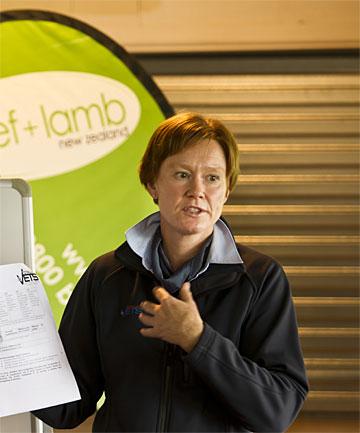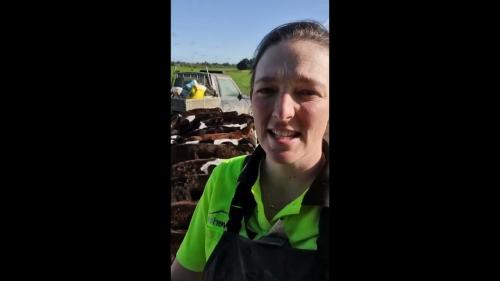Search results
Displaying 431 - 440 results of 1161
- Resource book… cattle ratio from 7030 6535 sheepcattle planning follows parasite management plan …
- Podcast… farmers in any autumn, but in particular when feed is tight. We talk about internal …

- Industry data… 0800 233 352 wwwbeeflambnzcom farmers farmers feed grazing 148 fertiliser lime seeds 140 … increased most over march year were interest feed grazing fertiliser lime seeds interest … debt floating interest rates see figure 5 feed grazing 148 overall price feed grazing …

- News… to release its new strategy and farm planning approach, both of which are part of … was followed with the launch of B+LNZ’s farm planning approach by Ron Pellow, B+LNZ’s Farm Planning Leader. Tying it all together was a …

- Other PDF… through farmers have access succession planning farmers telling staying farm longer rdp interview feedback shows attitude dial shift workshops … range income streams farm businesses farmer feedback understanding opportunities land …
- Factsheet… priorities stock management remain same water feed shelter maintaining good health table … 2024 water essential all times maintain feed budget update necessary shelter can … farmers farmers resources guide feed planning sheep farmers condition scoring beef …
- News“Put simply, the politicians didn’t listen and this legislation will not achieve the outcome New Zealand is after,” says Andrew Morrison, chairman of B+LNZ. “It incentivises productive farmland …

- Factsheet… material demands landbased products food feed fiber major drivers deforestation well … material demands landbased products food feed fiber major drivers deforestation well …
